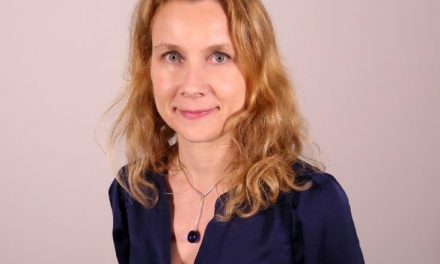
Simulator teaches advanced welding

Students practise basic hand eye coordination required for welding. The “Learn to Weld” programme offered by Kraatz Marine equips the youth with a new skill that they could use either to enter the job market or start their own small business. The first six students are learning the basics of welding over a 3-month period. Prospective students must have Grade 12 with Mathematics and Science, be younger than 25 and not employed.
Welding simulators, like flight simulators, are based on virtual reality technology helping students to become proficient in various welding jobs based on on different materials, different welding processes, different positions, and varying material thickness.
Detlev Roesemann, General Manager: Industrial at Kraatz and an International Welding Engineer and Inspector said, “Welding simulators are not a replacement for real welding but it accelerates the learning curve of the student as it provides constant feedback with regard to their performance based on specific parameters such as arc length, travel speed, travel angle, work angle and straightness amongst other variables.”
Other benefits of the welding simulator are that welders can be rated on their performance based on a set of criteria which is impossible to do in practice. It also provides an ideal tool for the screening of new welders, re-training of welders and those that have not done a specific type of welding job for some time.
The next step in welding education is to move to an e-learning platform that will integrate with the welding simulator to ensure that the theoretical part and the practical part are in sync. Kraatz is currently evaluating a number of options in this space and are very excited about the opportunities it can unlock. This will allow a student to sit in the north and complete his theory through the internet before he can commence with his practical studies.
Taking welding education to the next level is part and parcel of exploring new ways to bring quality vocational training to underserved communities. The first initiative that was launched is the “Learn to weld” program. Six students were enrolled after more than 300 applications were received. The objective of the program is to provide young Namibians who do not have a permanent job with an additional skill that they can either use to get a permanent or higher paying job or even to start their own business. The program is free of charge and runs over a 3 month period and will cover the basics of welding, theory and practical. Added to this, Kraatz have partnered with an NGO, Young Africa to provide life skills training to the students.
Yvette Bellens-Bosma, Director of Young Africa (Namibia) comments: “We are excited to partner with Kraatz on this promising initiative. Our objective is to provide life and other skills to young people that enable them living a fulfilling life contributing to the societies they live in.”











































